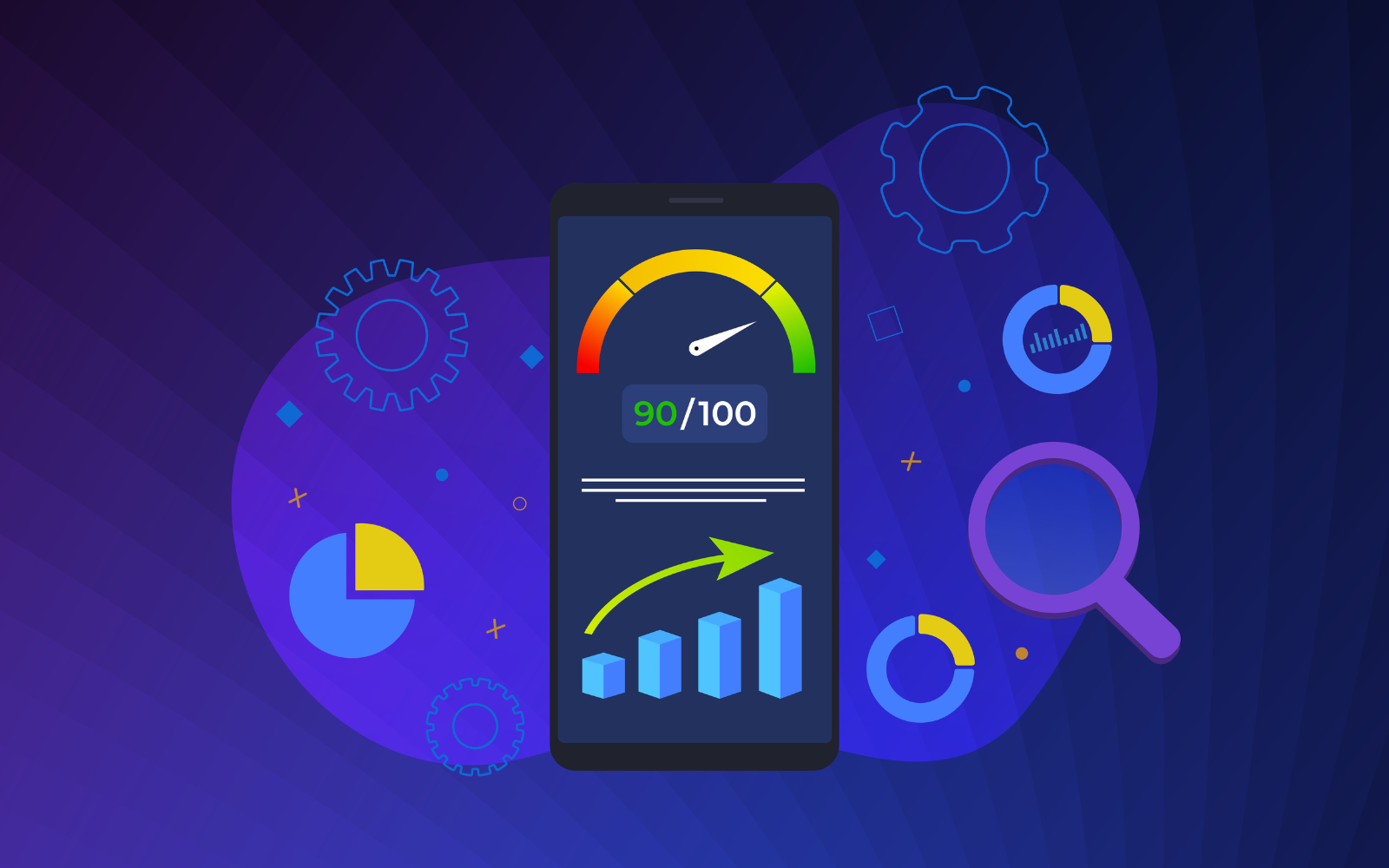This week’s Ask An SEO Question comes from Christopher, who asks:
“Is page speed performance part of the “helpful content” update as well? Could it potentially affect performance if users don’t find it helpful?”
Great question, Christopher – and one that is asked in many meetings.
No, improving or reducing page speed will not help you with the helpful content update from Google.
Page speed is a technical SEO task that impacts the user experience in both a positive and a negative way, but it has nothing to do with the content on the page.
Although a fast website is “helpful” to a user and can deliver the “content” to them faster, the speed of delivery doesn’t reflect the quality of the information on the page itself.
The helpful content update is a modification to the algorithm that adds a classifier about whether the page contains helpful information to the search query.
If your website took a dive during the helpful content update, it’s important to look at it from a content standpoint and not from a technical SEO side.
Some of the common mistakes I see with helpful content update losses include:
- Burying the main information low on the page vs. featuring it at the top.
- Adding in fluff, fun facts, and jokes to meet minimum word counts (which aren’t a thing in actual SEO).
- Not using proper formatting to make it easy to find and see the content (for users, not search engines).
- Answering the query with confusing wording or complicated answers.
- Using other forms of media (although this is subjective).
Burying The Answer
Think about trying to change a thermostat or learning to bake sourdough bread.
If you’re looking for the answer in Google, you just want to know how to do it.
When a website buries the information below paragraphs of storytelling about the author’s first time doing it, why it is important to them, and the reasons they had to learn, it can make readers frustrated.
If another website has an equal amount of E-E-A-T, the tech aspects are roughly the same (schema, speed, etc…), but their answer is easier to find at the top of the post, which is the better user experience and makes the “content more helpful”?
The entire job of a search engine is to provide the most relevant answer in the fastest amount of time and easiest manner to absorb. That’s why placing the answer at the top vs. under your personal story is more helpful.
Word Counts And Fluff
Many content creators still believe that Google requires a minimum amount of words. The helpful content update should have put an end to this, but it didn’t.
When you add in jokes and filler content because you have to reach a minimum, you take away the relevance from the query and the answer. And this happens a lot.
Yes, jokes can be fun – as can movie references – but they aren’t helpful. They’re distracting.
It is important to pay attention to when you have too many. The end user may enjoy a couple, but keep it to a minimum so they also benefit from your post by finding the solution.
And you have plenty of options to replace the fluff with meat.
Try adding examples that can include equations and calculations.
You could incorporate downloadable templates and build widgets to provide solutions (calculators, estimators, etc.) and infographics that can be used as guides to let the person know what to look for during the process.
These are features that build on the topic and let you add more “helpful content” that provides a solution to the user’s problem.
Formatting
Some queries require long answers, and these long answers have subtopics.
That is why formatting your content correctly plays nicely into both UX and SEO, especially with the helpful content update.
Formatting starts with figuring out the flow of the page.
Is everything in order, and can the person complete the next step by using the information that came before it?
If they have to read on to learn, it isn’t as helpful, and you may want to change the order of the topics and subtopics.
Formatting also includes:
- Table of contents and jump links.
- Headers.
- Bullet lists.
- Tables.
- Indents.
- Bolding.
If you wrote a process in a paragraph, try putting it into an ordered list.
When comparing two or more things, tables are easy to absorb, and you can explain more about each important aspect using paragraphs above or below it.
Confusing Wording and Complicated Answers
Yes, there are reading levels, and there are audience differences.
If you’re helping someone learn English vs. sharing a medical study with licensed neurosurgeons, writing at different levels is vital.
But just because you have to write at a higher or lower level does not mean your answers should be confusing. You still have to provide the answer in a way that the majority can understand. This is what makes it “helpful.”
I leverage click, scroll, and stroke mapping tools to see where people get stuck and highlight when I think something is too confusing.
You can get a good gauge of when they leave to find an answer about the paragraph or re-read it multiple times.
If you don’t have access to these, try using a test group. Find 10 people that are in the target audience and have them read the paragraph or section out loud. If they struggle to read it and they cannot answer questions after reading it back to you, it is not clear.
Now, ask each person who struggled to explain what is confusing and which parts. If they highlight sentences or examples, even better. That means those need to e changed first.
Take these learnings and try rewriting the copy to meet their needs, then present it back to them and see if they understand. If they do, great.
You can take one final step and share the new version with a few more demographically-relevant users.
If they all understand and don’t pause or repeat the same parts back, you’ve now created a helpful answer.
Use Other Media Types
The last step is to try using other media types.
Written text is still vital – it feeds the search engines – but it isn’t always a complete solution. Some things are better with visuals and sounds, and you have many ways to incorporate these.
- Embedded videos.
- GIFs or images.
- Sound clips.
- Infographics.
- Charts.
- Printables.
Give people ways to see the process, hear what things should sound like, and have a guide they can use as they implement without a computer to look at or a device in front of them to scroll on.
These are ways to make your content more helpful and, in some cases, attract natural backlinks.
The helpful content update is about creating helpful content so that Google can present useful information to searchers in an easy-to-absorb format.
Although page speed gets the answer to the end user faster once on your website, the speed of the page doesn’t change the wording and content that is presented.
That is why page speed is not part of the helpful content update.
I hope this helps, and thank you for the question!
More resources:
- Google PageSpeed Insights Reports: A Technical Guide
- How Quickly Should A Page Load For Optimal Experience?
- Advanced Technical SEO: A Complete Guide
Featured Image: BestForBest/Shutterstock





